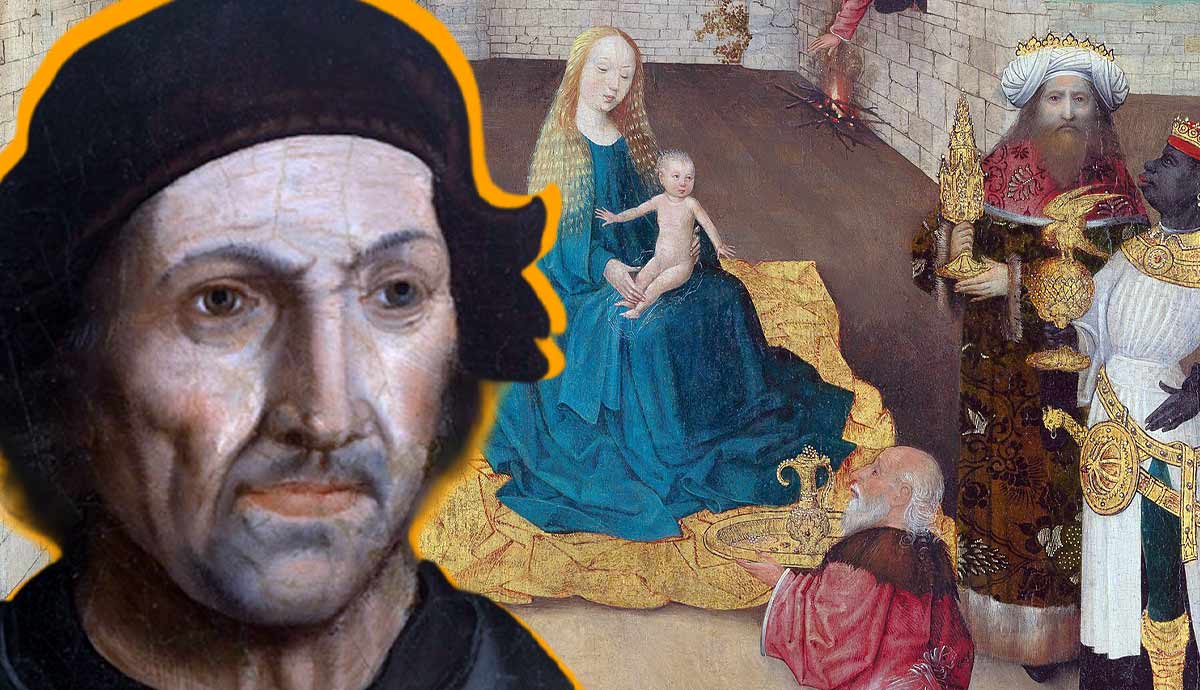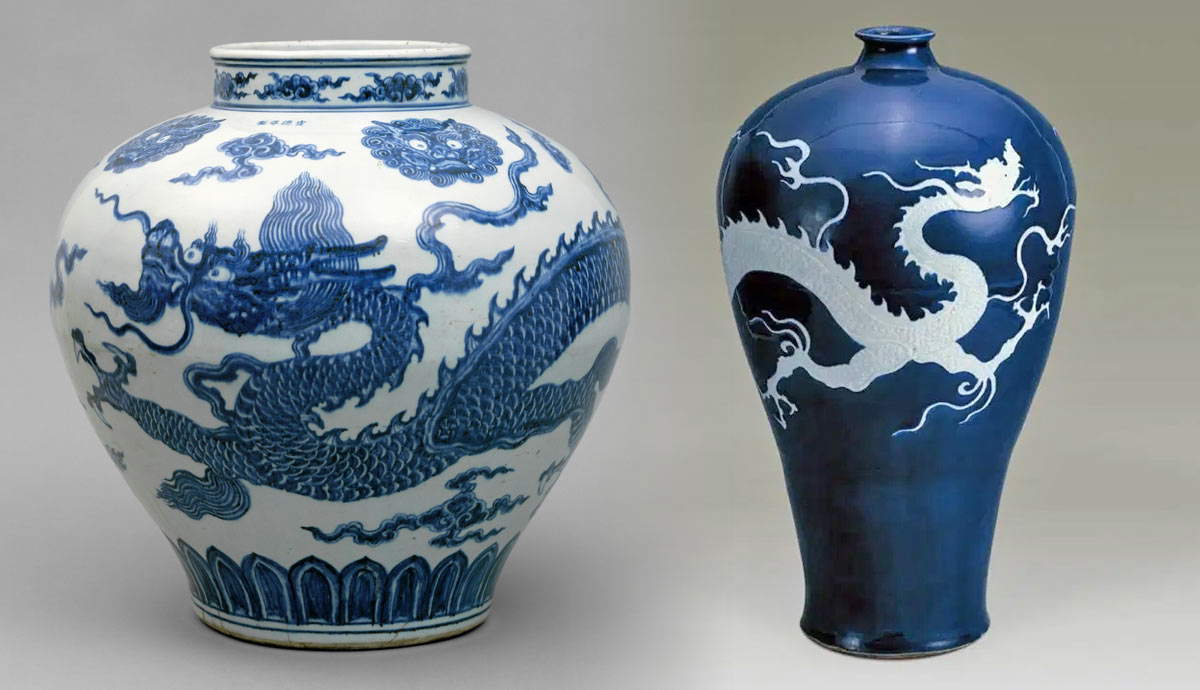
Fondation Louis Vuitton is a privately owned cultural institution that opened its doors to the public in 2014. It houses vast collections of modern and contemporary art belonging to the luxury goods conglomerate LVMH and its founder, Bernard Arnault. The Fondation Louis Vuitton collection includes works by the most important names in the history of modern and contemporary art and is frequently updated. Read on to learn more about Fondation Louis Vuitton and ten outstanding works from its collection.
1. Fondation Louis Vuitton Highlight: The Building by Frank Gehry

The first and most obvious highlight of the Fondation Louis Vuitton collection is the building that houses it. Famous architect Frank Gehry designed the building with reference to the Grand Palais, the glass exhibition pavilion constructed in central Paris in 1900. Still, the building had to represent the era it belonged to, so Gehry used modern forms. The building is assembled from twelve glass segments that are similar to yacht sails. These “sails” create an experience for visitors both inside and outside the structure. While designing the form, Gehry used folded and crumpled sheets of paper as his models.
2. “ANT-104” by Yves Klein
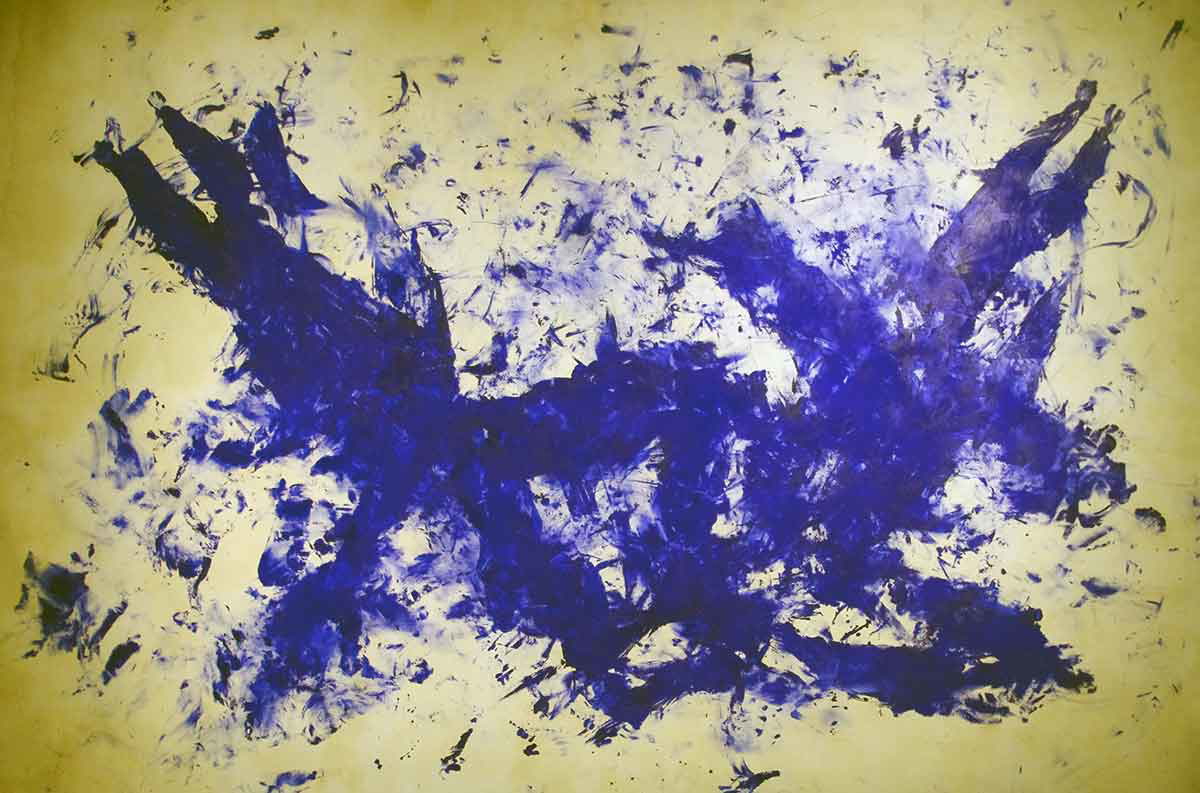
Yves Klein was a famous French artist, known as the leader of the New Realism movement. In 1960, Klein patented a blue hue titled IKB, or International Klein Blue. Klein believed that the color blue was the most abstract of all, as it evoked associations with the vastness of the sky and the sea rather than with particular objects. Using this color, Klein created monochrome works.
Another one of his innovations was using live brushes or nude models covered in blue paint, who rolled over the stretched canvases or were dragged over them. Klein himself stood next to the canvas wearing a white suit and white gloves and commanded the process, never actually touching the paint with his hands. Some critics saw this technique as the remains of patriarchal modernism, with the female body being used as a mute and docile artistic instrument.
3. “Zinathi I” by Zanele Muholi
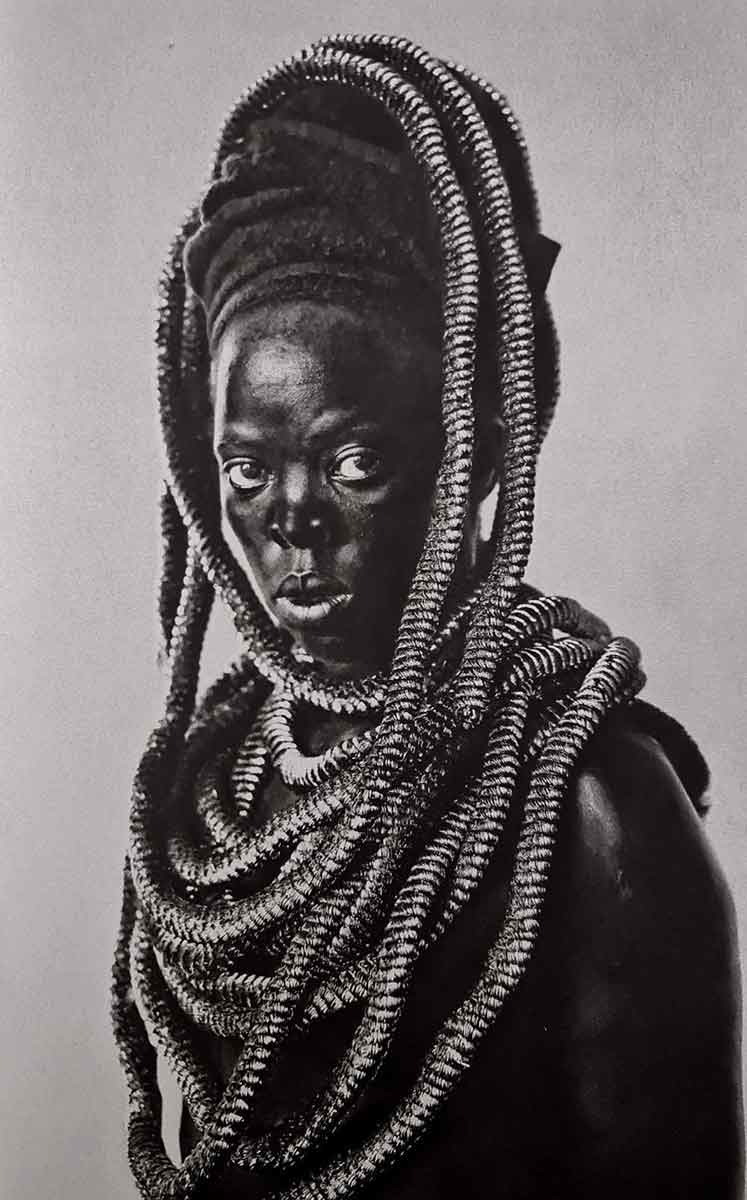
Zanele Muholi is a South African contemporary artist who focused on the nature of Black queer identities. They frequently work with self-portraits, like in the case of the Zinathi series. There, Muholi creates alter egos and dresses them in costumes inspired by traditional South African culture. Muholi deliberately highlights the darkness of their skin and manipulates stereotypes of the Black body and beauty.
Apart from creating art, Zanele Muholi also works with activist projects concerning queer women and non-binary people in South Africa. In 2012, their apartment was robbed, with an evident political undertone of the crime. The perpetrators’ main target was Muholi’s archive of evidence concerning South African lesbians who were murdered in hate crimes.
4. “Rejuvenator of The Astral Balance” by Marina Abramovic
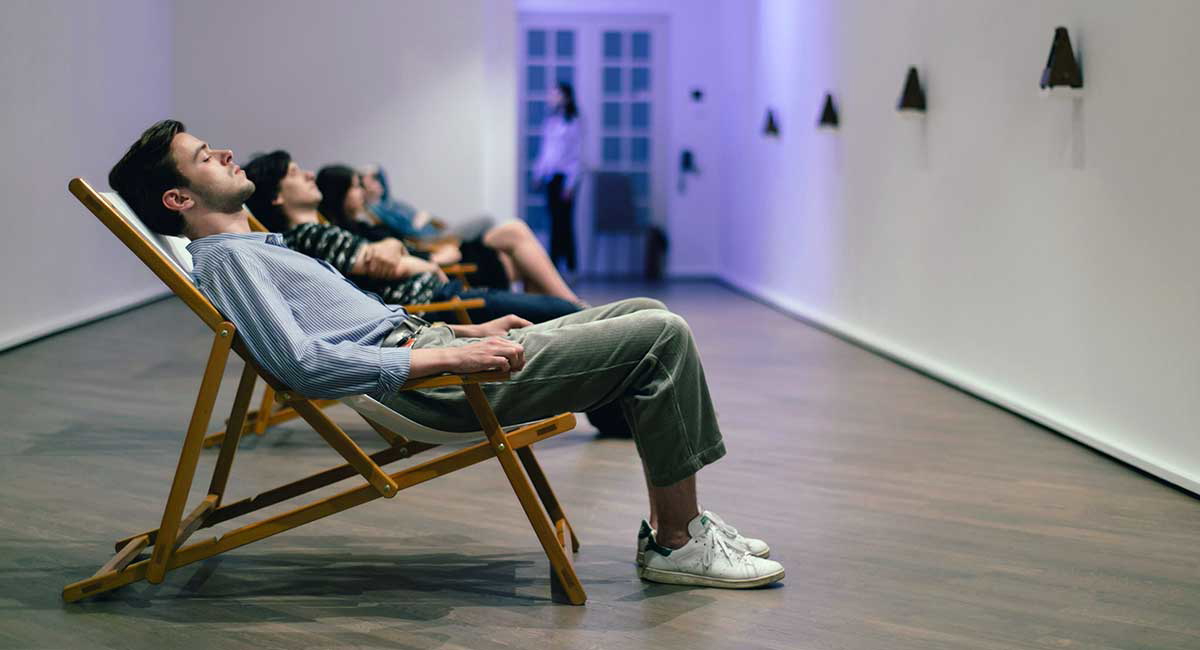
Marina Abramovic is perhaps the most famous performance artist in the world who set the framework of the entire discipline. She began her work in the 1970s, manipulating her body as the main artistic instrument. Many of her works included elements of ritualistic action, often involving the audience. Rejuvenator of The Astral Balance is an interactive installation that invites the viewers to interact with the sound and movement of metronomes. According to Abramovic’s idea, viewers should sit in a chair next to one of the metronomes, close their eyes, and focus on the sound for 45 minutes. Such meditation is supposed to balance and revive their cosmic energies.
5. “The Ballad of Trotsky” by Maurizio Cattelan
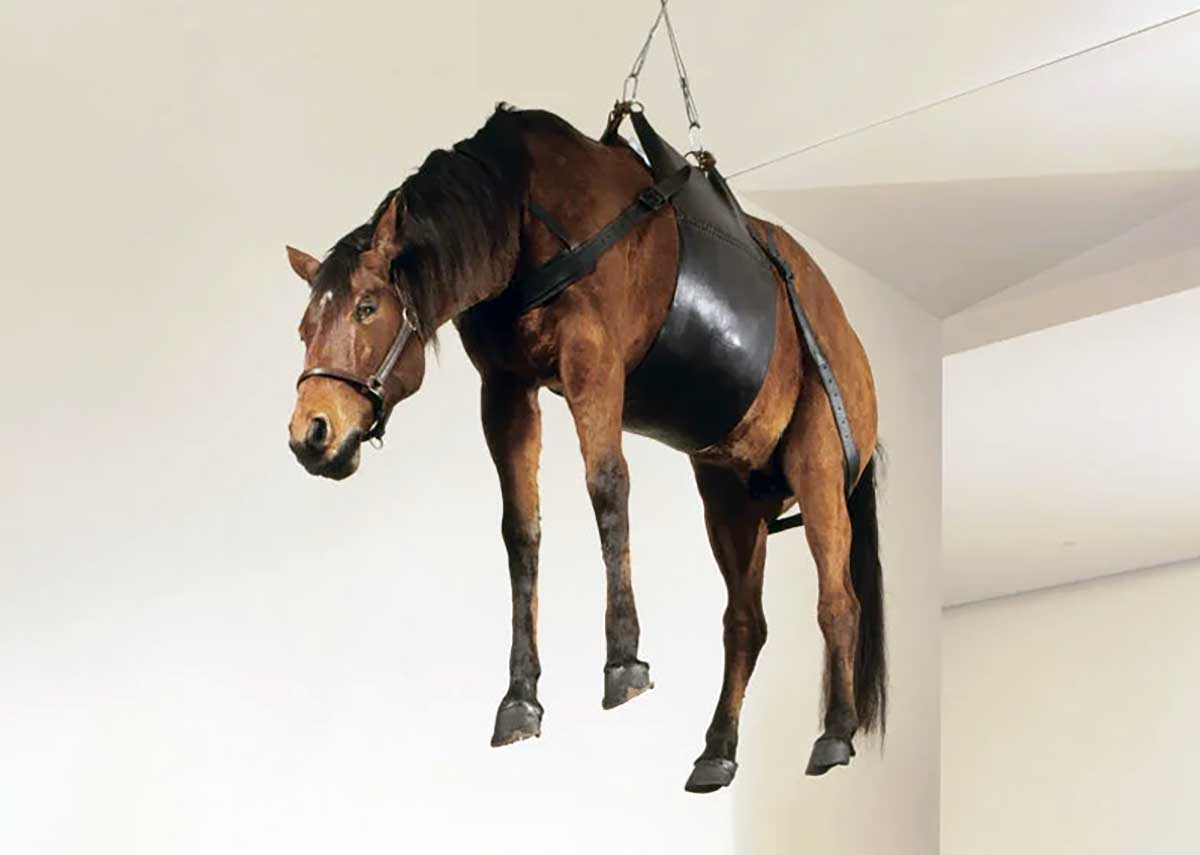
Maurizio Cattelan is an Italian conceptual artist known for his provocative and sometimes questionable works. He frequently works with taxidermy, which ignites debates on the ethical limitations of contemporary art. In the 1990s and 2000s, Cattelan was particularly obsessed with dead horses, and he created installations featuring animals with their heads stuck in walls or simply suspended from ceilings.
One such installation was The Ballad of Trotsky, named after Leon Trotsky, a Russian revolutionary and the famous opponent of Joseph Stalin, who was killed in Mexico in 1940. In this context, the horse suspended mid-air represents the tragic failure of the Russian Revolution, which took a leap of faith but never actually landed anywhere. The image is confusing, tragic, absurd, and slightly unnerving, expressing the complex feelings of the first decades of the past century.
6. “Woman of Venice III” by Alberto Giacometti
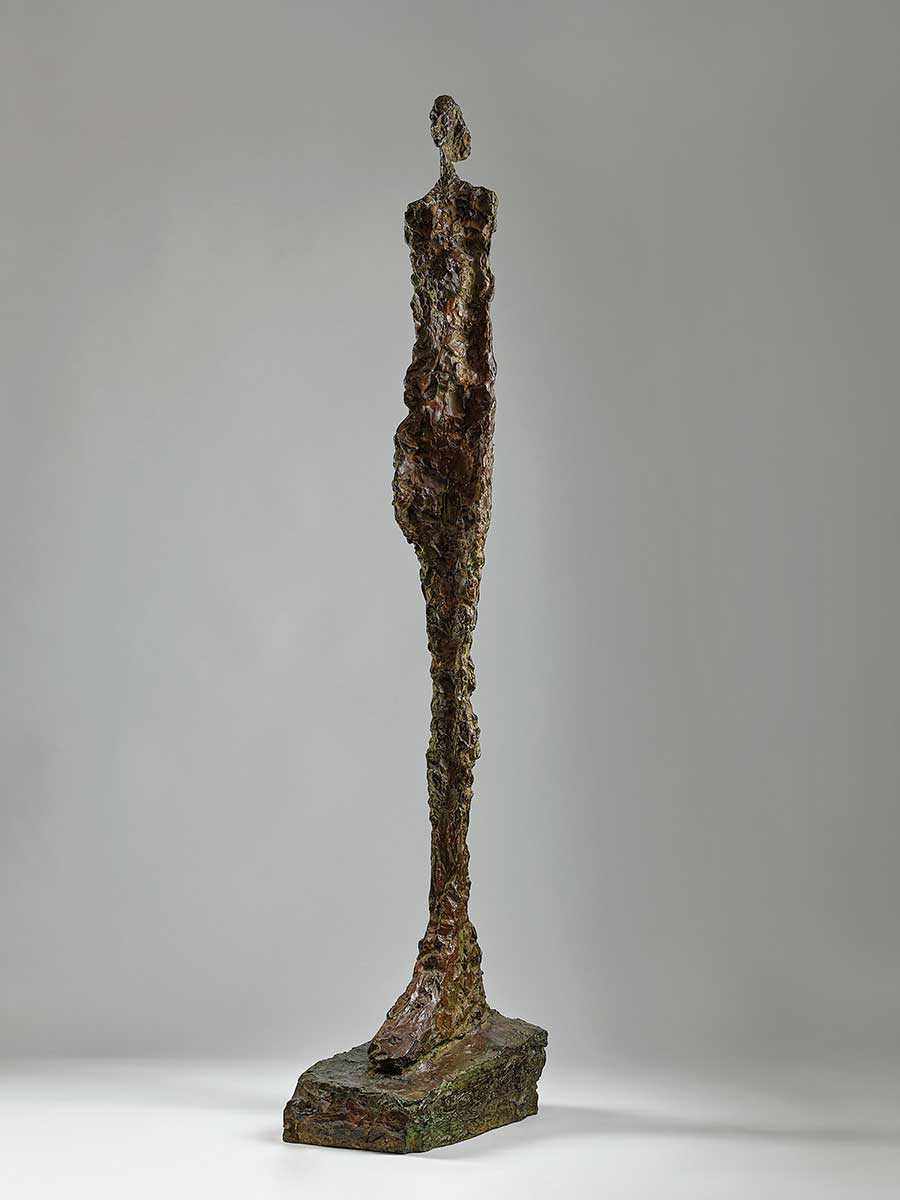
Alberto Giacometti was a Swiss sculptor famous for his elongated figures, which reflected the anxiety and terror of his time. He worked with the personal and generational trauma caused by the two world wars. Giacometti began as a Surrealist, yet he later distanced himself from the movement. Woman of Venice III is part of a series of nude female figures created by Giacometti in the 1950s. He sculpted all fifteen figures from a single piece of clay and the same armature base. After sculpting one and making a cast from it, Giacometti smashed the clay basis only to reshape it into the next figure. All these figures were similar but had distinctive physical differences. Still, no figure was more refined or more expressive than others.
7. “Animitas” by Christian Boltanski

Christian Boltanski was a famous French conceptual artist who was born into a Jewish family just days after the liberation of Paris. His family’s memory and trauma of the Holocaust defined his artistic oeuvre. Boltanski’s main artistic interests were memories, their transformation, and construction. He was also interested in the concept of a memorial.
His famous work Animitas, which is now in the Fondation Louis Vuitton collection, represents an unusual form of memorial structure. Boltanski traveled to the Atacama desert in Chile, where locals left makeshift memorials to those who were killed during the regime of Augusto Pinochet. There, Boltanski installed 800 Japanese bells on metal rods. Shaken by the wind, they fill the vast space of the desert with its music as a form of remembrance. Boltanski placed the bells to imitate the position of stars on the day he was born. He then filmed the installation non-stop for 24 hours, creating a meditative work that explored grief, memory, and the continuous presence of those who passed away.
8. “Bouquet” by Isa Genzken
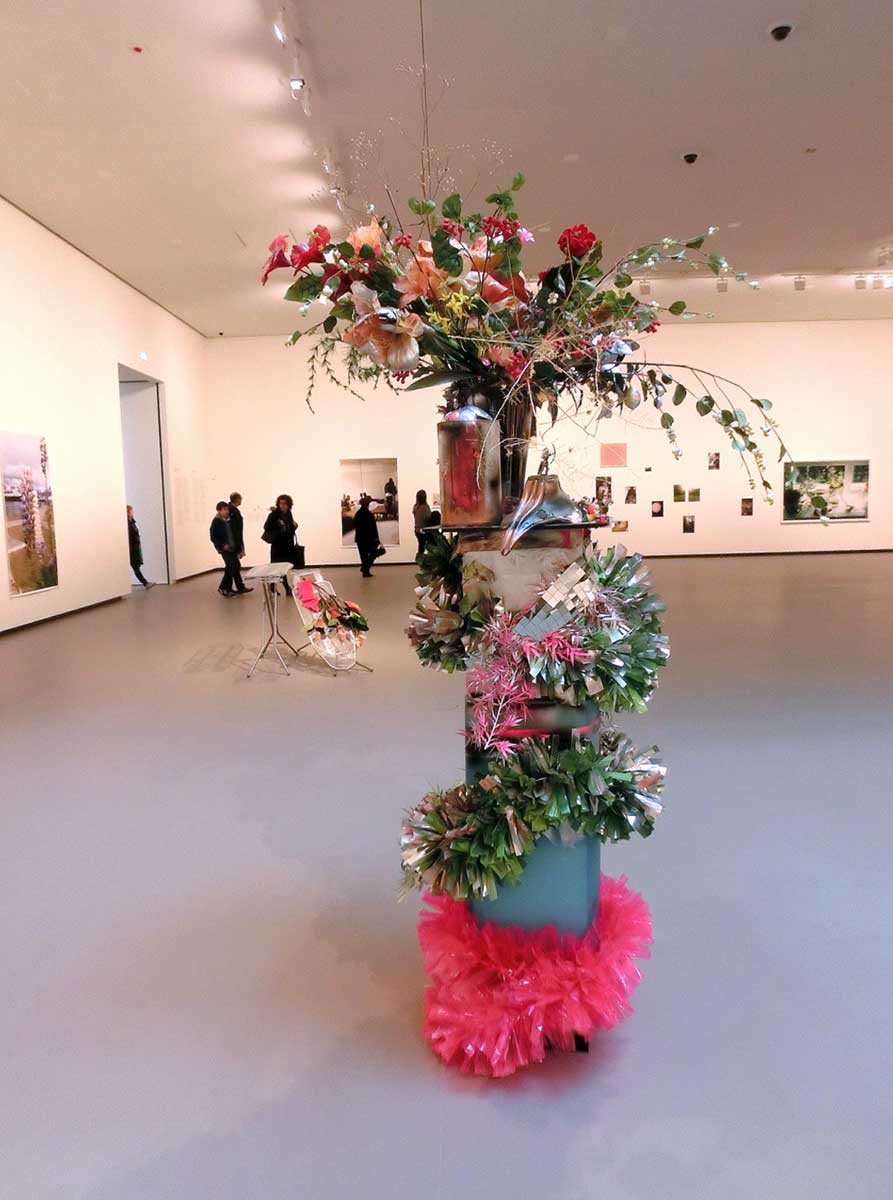
Isa Genzken is a German conceptual artist who primarily works with sculpture, reinventing it and experimenting with formats and materials. In addition to traditional metal and concrete structures, she uses plastic, glass, mirrors, and found objects. Genzken’s sculptures are deliberately non-monumental, questioning our relationship with art objects.
Bouquet is one of her most famous works, compiled from plastic flowers, cheap toys, and decorative materials wrapped around a concrete sculpture. The sculpture has several layers of meaning. For one, it is a monument to mass consumption and the overwhelming variety of cheap yet alluring objects towering over consumers. Another dimension of the work, a more dark and tragic one, related to the tragedy of 9/11, referring to it with the form of a concrete tower. As an artist born in Germany not so long after the end of World War II, Genzken is too familiar with the destruction of cities and the way ruins become part of their landscapes, both physically and metaphorically.
9. “The Honeymoon” by Annette Messager & Christian Boltanski

Annette Messager is a conceptual artist and the widow of Christian Boltanski. Messager enjoys subverting the stereotypes of traditional femininity and cultural norms. Like Boltanski, she also explored the concept of memory and its fabrication. For their honeymoon trip, the couple went to Venice, later turning this event into a collaborative work. The autobiographical installation The Honeymoon, consisting of 86 photographs and 21 drawings, presented a curated and somewhat idealized retelling of this trip. The postcard-like images of the city and touristy photographs turned a rather significant event in both artists’ lives into a cheesy romantic cliche devoid of personal experiences. The installation’s audience did not even have to examine it in its entirety, as they had already seen most of the images (with the exception of several small, intimate photographs) as stereotypical depictions of the city.
10. “Napoleonic Stereotype” by Jean-Michel Basquiat in Fondation Louis Vuitton’s Collection
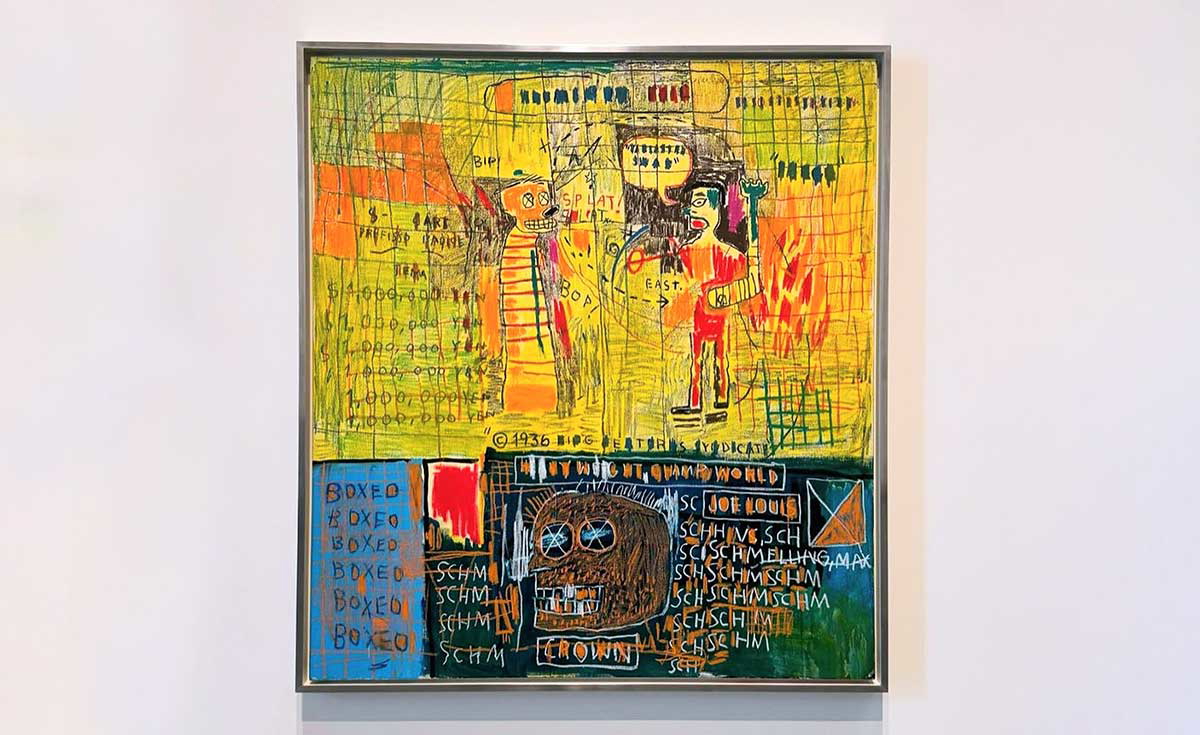
The works of Jean-Michel Basquiat are important highlights of the Fondation Louis Vuitton collection. One such painting, titled Napoleonic Stereotype circa ‘44 is a complex and detailed work centered around the career of Joe Lewis, an African American boxer and one of Basquiat’s heroes. Lewis was not just a professional sportsman but an important personality in the era of racial segregation. In 1936, Lewis fought against Max Schmeling, a white boxer representing Nazi Germany. Lewis lost the fight, providing the German press with apparent evidence of the superiority of white Germans. Two years later, the boxers agreed to a rematch, during which Lewis finally won. This victory became a symbol of the American stand against fascism. More importantly for Basquiat, this was the first case of a wider mass of white Americans openly cheering for a Black athlete fighting against a white opponent.



